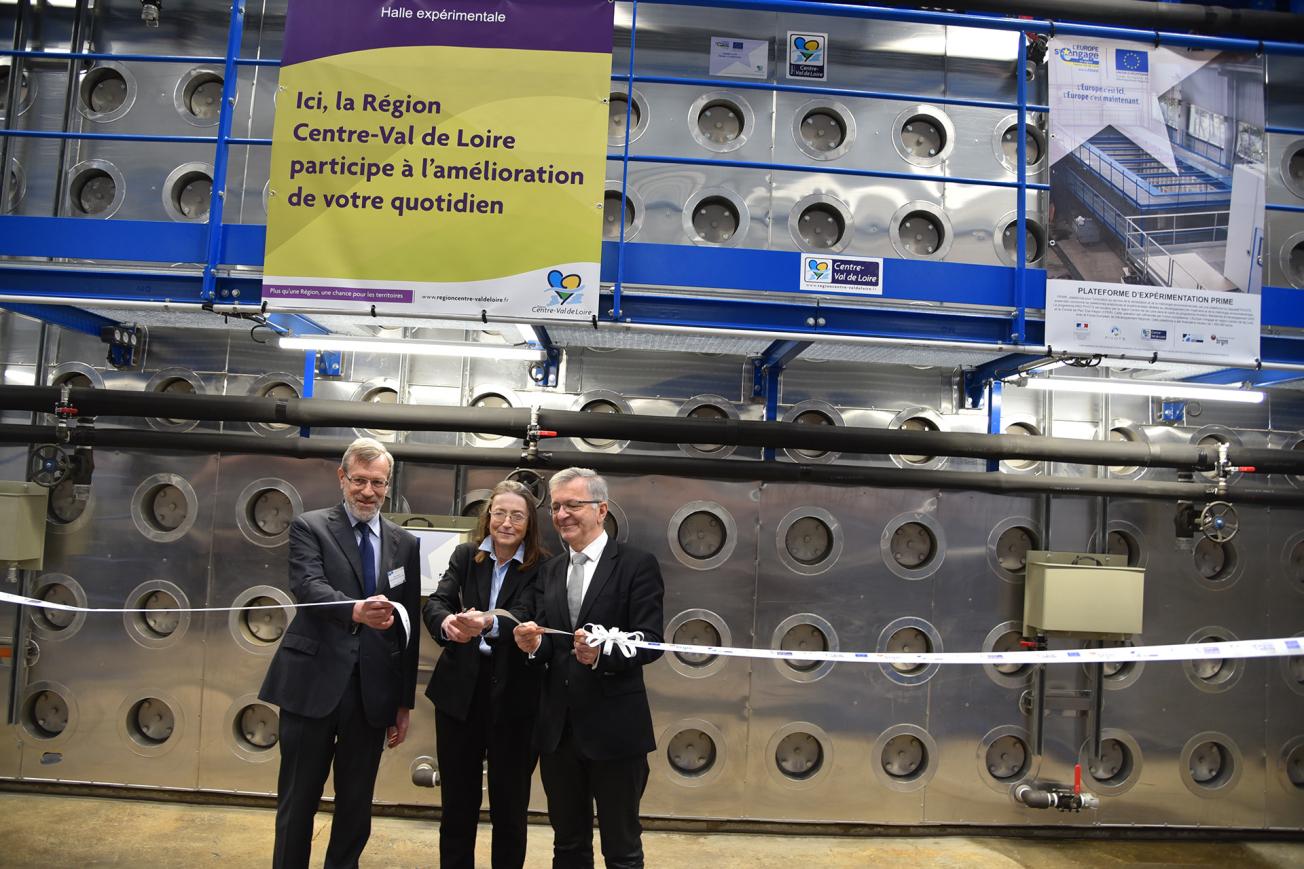
BRGM CEO Michèle Rousseau, with François Bonneau, President of the Centre-Val de Loire Region, and Pierre Pouëssel, Prefect of Loiret and Centre-Val de Loire.
© BRGM
In France, more than 7,200 sites are contaminated by heavy metals such as lead, copper and chromium, as well as by hydrocarbons and organochlorine compounds, which include pesticides and solvents. The management of these polluted sites and soils is crucial from an environmental as well as from a health and economic perspective.
The French Geological Survey (BRGM)’s expertise focuses on the soil and the subsurface. Since the 1990s, BRGM has acquired advanced instrumentation to understand the impacts and patterns of pollution over time and to promote possible treatments.
PRIME: Platform for remediation and innovation in environmental metrology
Transcription
In France, over 7,200 sites are polluted with heavy metals: lead, copper, chrome, hydrocarbons, or organochlorine compounds, such as pesticides or solvents. Managing the sites and the polluted soil is a major environmental issue, but it is also a health and economic issue. The PRIME initiative, which is part of the PIVOTS programme, aims to identify and quantify pollutants in soil and underground water, to predict their impact on our environment, and to create solutions for remediation. What makes PRIME unique is that it works on multiple scales, enabling a global approach, closely linking lab and field, and enriching experimentation with modelling. The submetric columns, ranging from 20 cm to 1 metre, are used in the lab to carefully study the physical, biological and chemical changes in pollutants. The data gathered at this scale are used to interpret more complex observations carried out via vaster systems. The metric columns provide a smaller scale and controlled model of a polluted zone from the surface soil down to the groundwater. They allow us to characterize the exchanges between environments, such as the root systems and the groundwater, in great depth. The Labbio system enables us to study the migration of and changes to pollutants from soil to underground water as a function of surface conditions. The Trinappe system allows us to study the interaction between the different zones of groundwater. In this unit, water circulates from surface to the depths, but it can also rise to simulate a water-table rise. This innovative system is a unique tool for gathering data on phenomena that are difficult to study in real life. These different systems have sensors which measure flows of pollutants that have been stabilized, transformed or washed. These are ideal places for developing new quantification technology. The multi-metric system was designed to reproduce polluted sites or soil under controlled conditions and at a scale similar to that of the real world. It is thus an ideal system for developing diagnostic tools and remediation techniques. This tool can also verify digital models. This unit is a vast experimental reservoir. It is about 150 m3 in volume and has double walls to regulate the reservoir's temperature. The hood above the reservoir allows for experimentation with plants and helps control potential flows of volatile pollutants. The reservoir's walls feature holes that can be fitted with sensors and provide access to various depths inside the reservoir, all along the unit. The system's configuration allows the reservoir to be split into up to 4 modules filled with different materials, water, sand, polluted or unpolluted soil, mining residues, sediments, etc., in order to conduct simultaneous experiments. These modules are formed by walls and dividers made of alloy, which resists corrosive pollutants, or of polypropylene, which can be used with electrical geophysical methods. The modularity and unique traits of the unit make it a one-of-a-kind system in Europe. As well as these systems, the PRIME initiative brings together expert teams from BRGM, who are ready to work with public and private partners on innovation and development, from design to execution and promotion, in the Centre region, in France and abroad, in order to better understand and preserve our environment.
Multi-scale platforms for pollution studies
On 3 February 2020, the BRGM inaugurated its PRIME platforms:
- a very large 120 m3 multi-metric testing platform simulating natural soil and a water table, to study patterns of pollutant transport and changes in their physico-chemical and microbiological characteristics. The design of this multi-metric pilot is highly modular with numerous sensors, to enable all types of users (BRGM, research institutions, private companies) to conduct experiments in conditions close to those in situ but much better controlled.
- experimental set-ups to centimetre and metre scale (tanks and columns) to conduct experiments and acquire the physical, chemical and biological parameters needed to understand pollutant transfers and develop depollution processes.
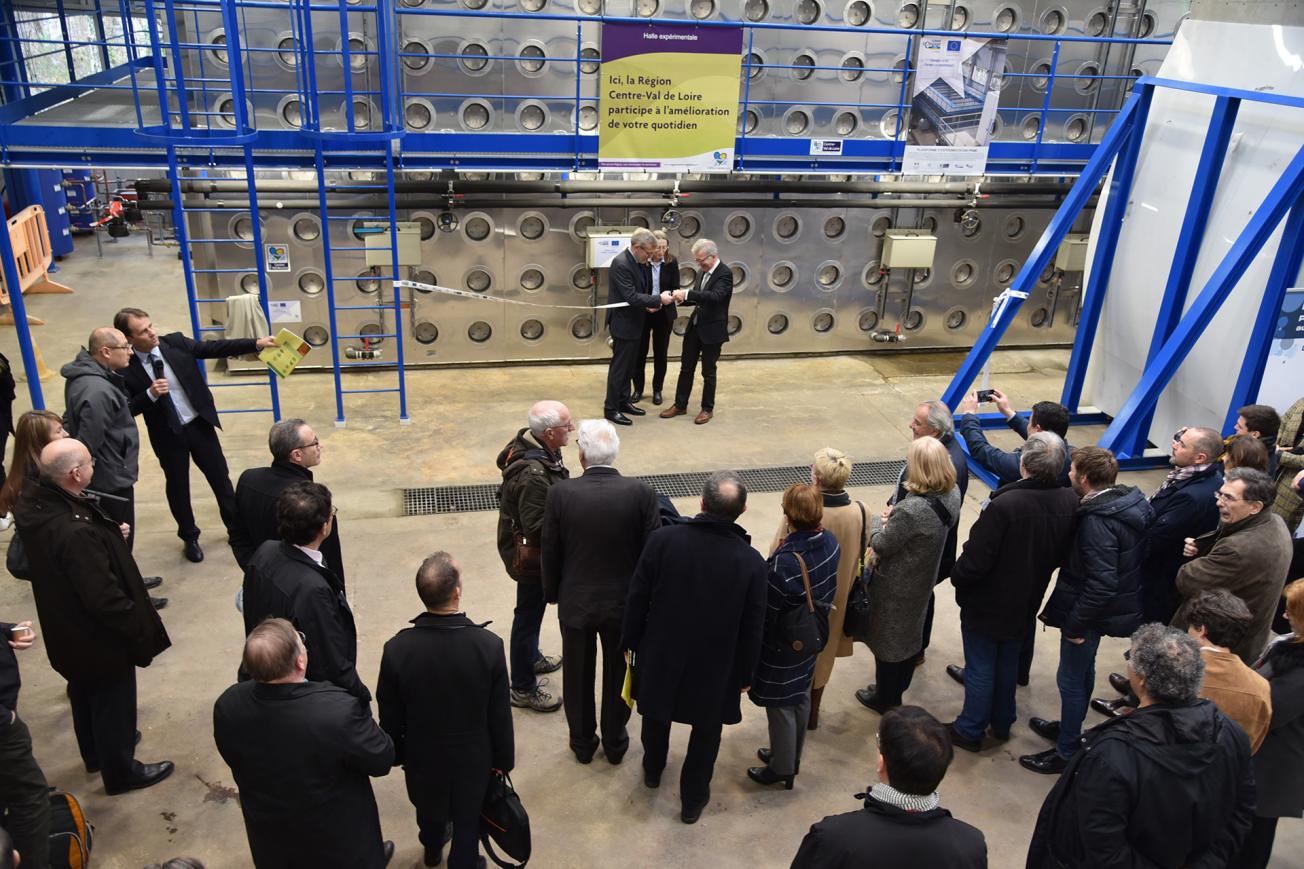
Inauguration of the multi-metric pilot (MMP).
© BRGM
PRIME is part of the "Platforms for Environmental Innovation, Development and Technological Optimisation" (PIVOTS) Programme, initiated and supported by the Centre-Val de Loire Region as well as by the French government and the European Regional Development Fund. PIVOTS is a coordinated set of analytical and testing platforms bringing together public and private-sector players in metrology and environmental engineering.
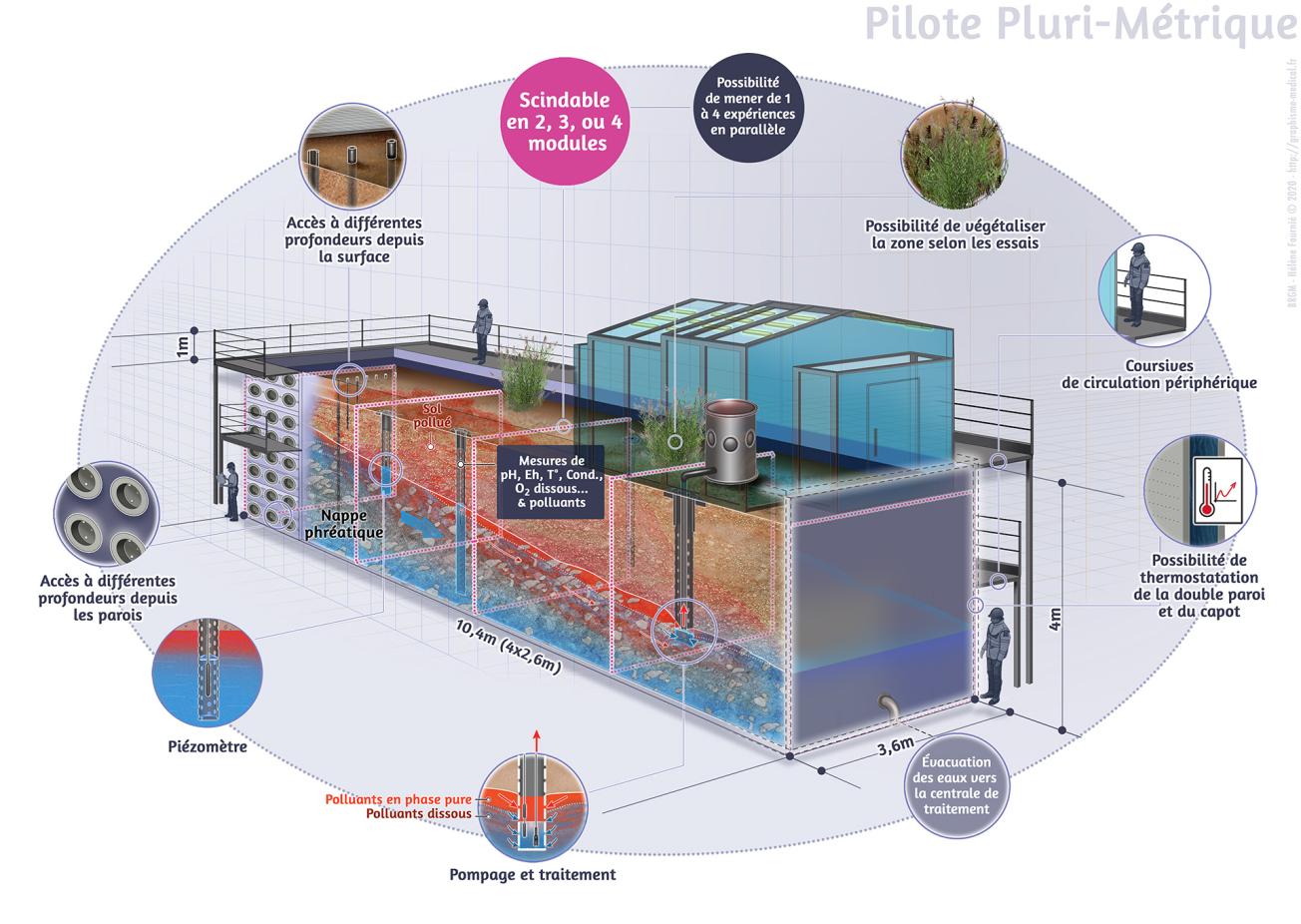
Diagram representing the PRIME Platform’s multi-metric pilot plant (PPM), PRIME platform.
© BRGM

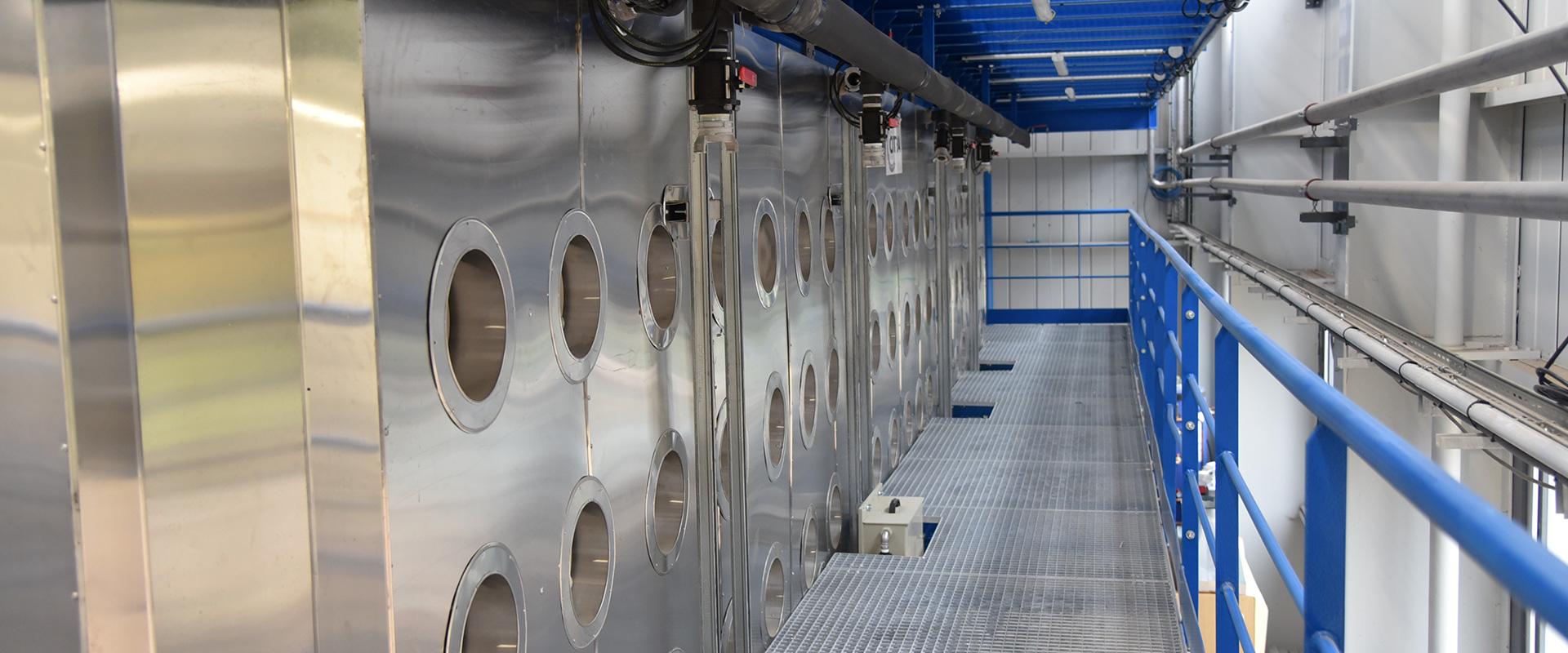
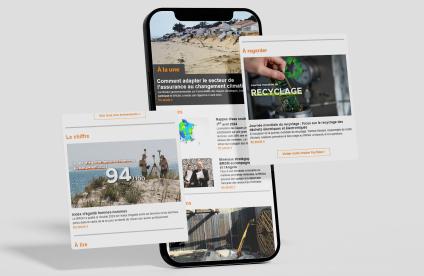
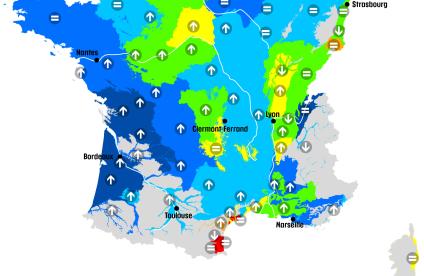

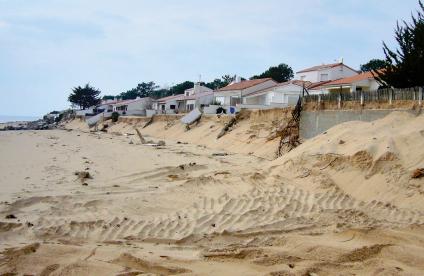
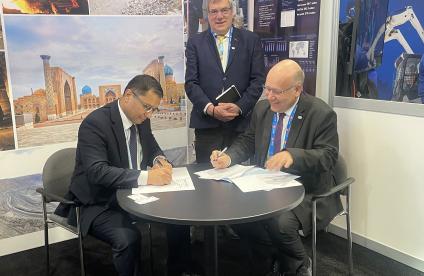
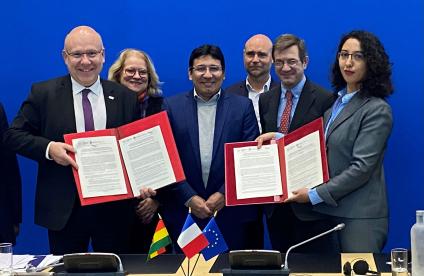
The aim of PRIME is to identify and measure soil and groundwater pollution, predict its potential and its impact on our environment, and provide decontamination solutions. The platform has 3 pilot measurement columns, ranging from sub-metric to plurimetric. This system is unique in Europe and open to all French and international public and private organisations to help them develop innovations designed to preserve the environment.